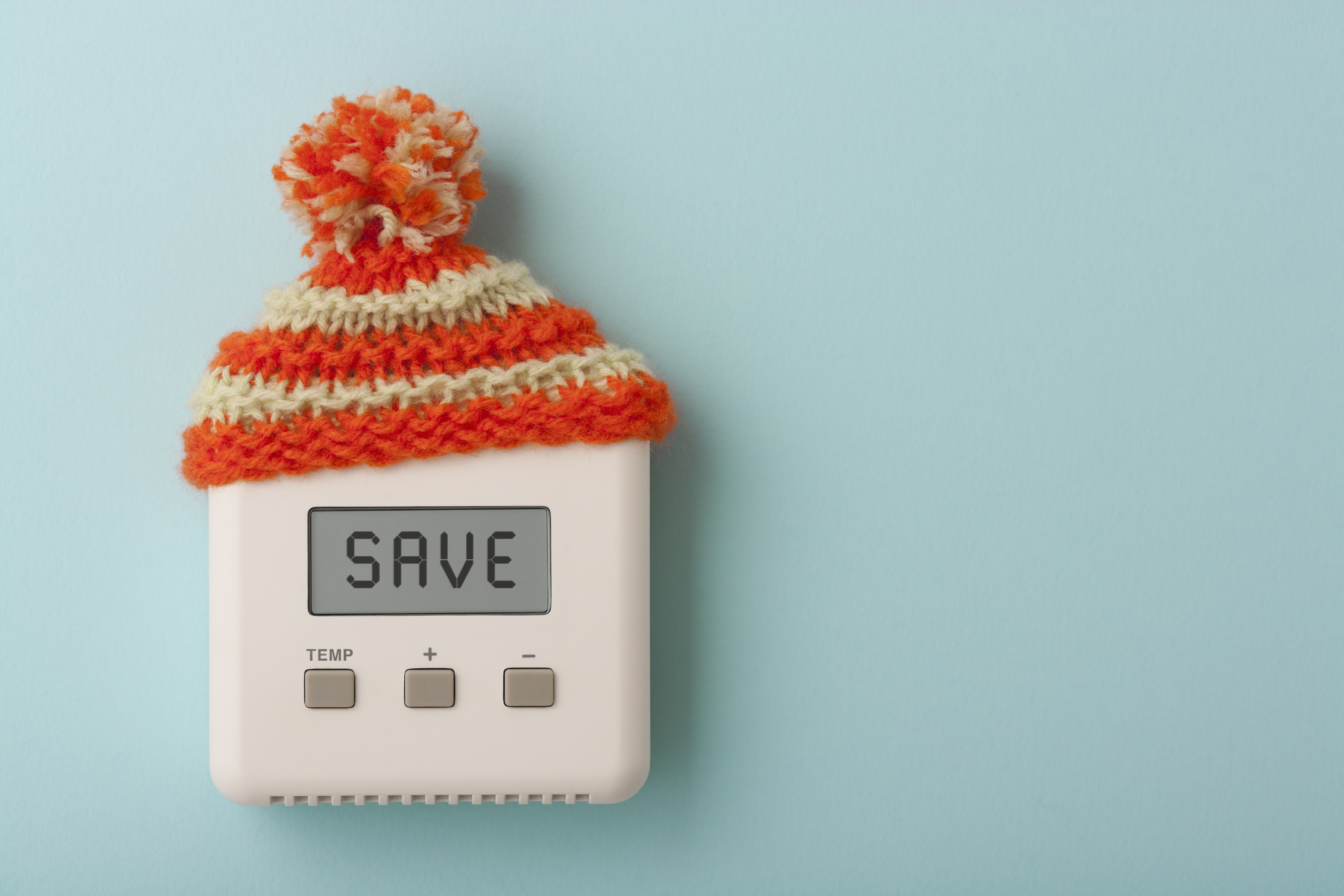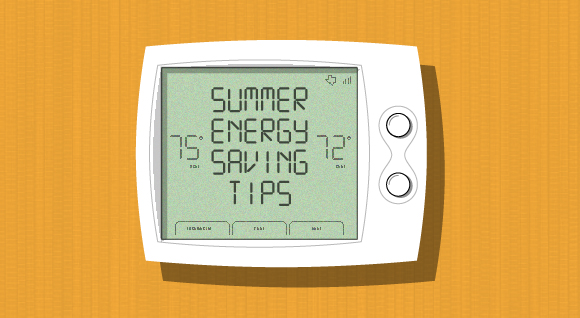-
Contact Us
-
General Inquiries/Service Requests:
- 888.313.6862
-
contactcenter@oncor.com
-
(Mon.-Fri., 8 a.m.-6 p.m. Central Time)
-
For Outages
- 888.313.4747
-
(24/7)
A record audience of more than 97 million people watched the 2018 NCAA Final Four men’s basketball championship via broadcast television and streaming media. The streaming viewership by itself was 28 percent larger than the year before. These numbers keep increasing every year as more people watch the games and more formats reach into homes.
Viewership energy
So just how much energy do all these TVs and computers use to bring the hardcourt home? An average 50-inch, LED TV set uses 100 watts of power for every hour of use, while a typical laptop uses approximately 60 watts of power per hour.
The 2018 NCAA Championship game was viewed by 16.5 million people. If you calculate the amount of energy of 16.5 million televisions, the power usage would be 1.65 billion watts/hour, or 3.3 billion watts for a two-hour broadcast. The power usage by 16.5 million laptop computers is 990 million watts per hour, or 1.98 billion watts over the two hours of the broadcast.
Energy Used by athletes
Athletes can generate a lot of power when they’re playing sports. But what would that energy be able to power if it was harnessed? Let’s take a look at what elite college basketball players may generate in a game.
An elite athlete can generate 3 watts/kg of weight every hour. There are 10 players on the court throughout the game. If a team has an average weight of 200 pounds per player, that means each team has 1,000 pounds on the court at each time, for a total of 2,000 pounds per game. This converts to 453.6 kilograms per team and 907.2 kilograms total.
Calculated together, a college basketball game including 10 players can generate 2,721.6 watt-hours or 1,1814.4 watt-hours for the regulation 40-minute college game. That’s almost enough power to power a microwave which uses 1,200 watt-hours in 30 minutes.




.jpg)



